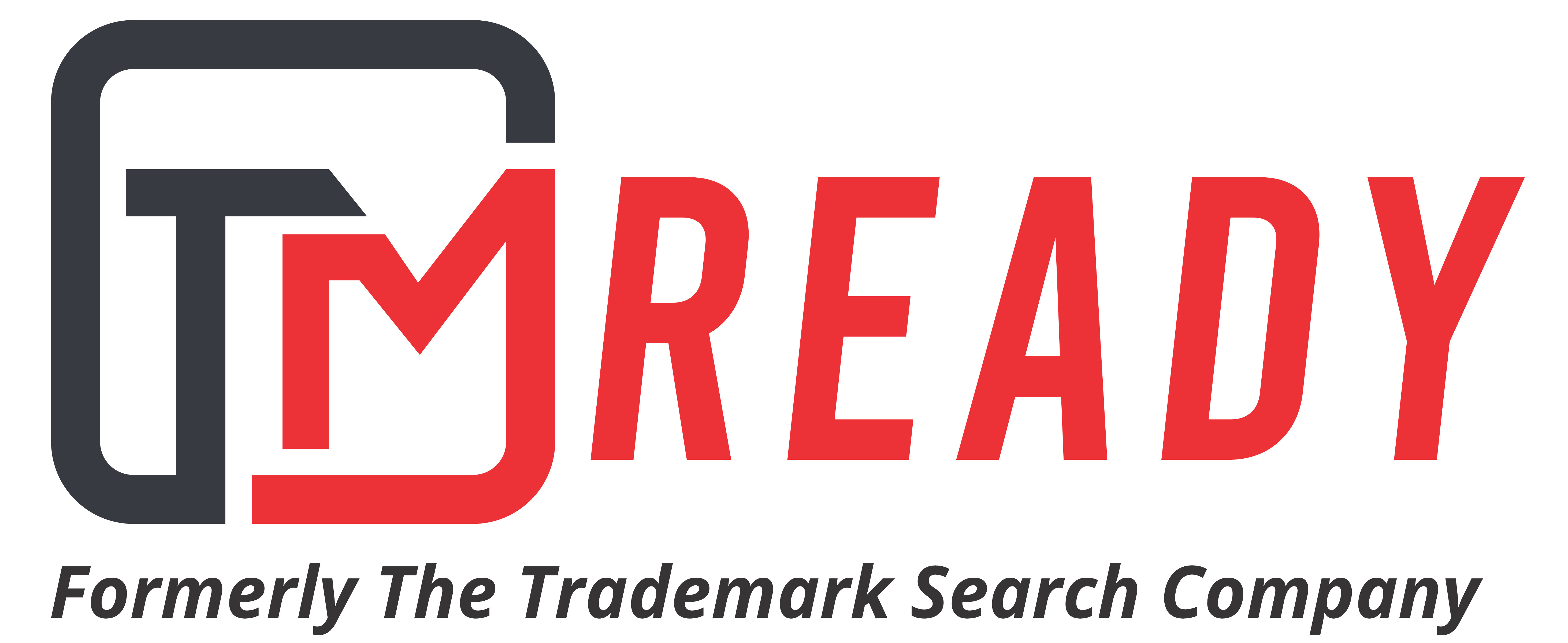Trademark Monitoring Overview
Trademark monitoring is ought to be done round the clock and throughout the year. This is one of the most effective armors available in the toolbox of businesses owners that can prevent their products being used unlawfully. Though U.S. PTO tries their best to avoid any kind of unlawful uses of products and brands in the market, still, they are not obliged statutorily and thus the onus is on the trademark owners to do a thorough trademark monitoring for their active brands and products.
Viewing the growing number of trademark infringements it is important for companies to keep a vigilant eye on their market to avoid any such confrontations and monitoring trademarks could be one of the best options that companies can employ to ensure this.
No matter whether you do your trademark monitoring related projects in-house or outsource it to trademark monitoring companies there are certain benchmarks those should be achieved. Thus an effective trademark monitoring campaign should be-
- Capable of finding all confusingly similar newly filed trademark applications
- Capable of finding all confusingly similar newly published trademark applications
- Capable of scanning the entire United States trademark database (in case you are interested in U.S. jurisdiction)
- It should track all 45 classes of the International Classification of Goods and Services
Trademark Monitoring Process
Trademark monitoring is a comprehensive and dynamic process that is formulated keeping in mind the need of the trademark owners, still, there are some common ways through which a successful trademark monitoring campaign can be accomplished. Here are some of them-
Scanning the federal trademark database- Trademark Electronic Search System (TESS) is the federal trademark search database of the United States that houses more than 3 million records for pending, registered, abandoned, cancelled and expired trademarks and thus if it is used prudently it can be of immense use for an efficient trademark monitoring campaign.
Scanning various search engines- In the United States, trademarks are assigned on first to use basis and thus marks that are not registered federally are also deemed valid. Hence, there is a need to search even those data that are not in the official records and these can be retrieved through major search engines like Google, Yahoo, Bing, AltaVista, AOL and others.
Scanning competitors HTML codes- Scanning the HTML codes of competitors could be one of the most important ways of monitoring trademark violations wherein we search if someone is using our brand names in their HTML codes to get ranked for their products. There are many cases when competitors used others’ marks in their HTML code to cash on the goodwill of an established brand.
Scanning State trademark databases and corporate databases- Monitoring state trademark and corporate databases for filings of new business names or trademarks is another effective way that we can implement in our overall trademark watch plan. In the United States, every state has its own trademark portal that a searcher can use to find relevant information pertaining to a mark. A trademark owner needs to search each of these portals manually to ensure a comprehensive trademark monitoring mechanism for their marks.
Apart from State trademark databases, we can also use various corporate databases those maintains relevant information of various businesses.
Searching news outlets- Sometimes news outlets can also reveal some data that is significant to our trademark watch campaign and thus we also need to search these outlets for any kind of product launch, business acquisitions, and mergers.
Searching financial disclosures- An effective trademark monitoring campaign would be incomplete without scanning various financial resources that can disclose some significant data for our trademark monitoring plan and thus we need to scan these financial resources too.
Searching white papers and yellow pages- scanning white papers published by companies and yellow pages also help companies determine if a new brand is infringing on an already existing brand.

